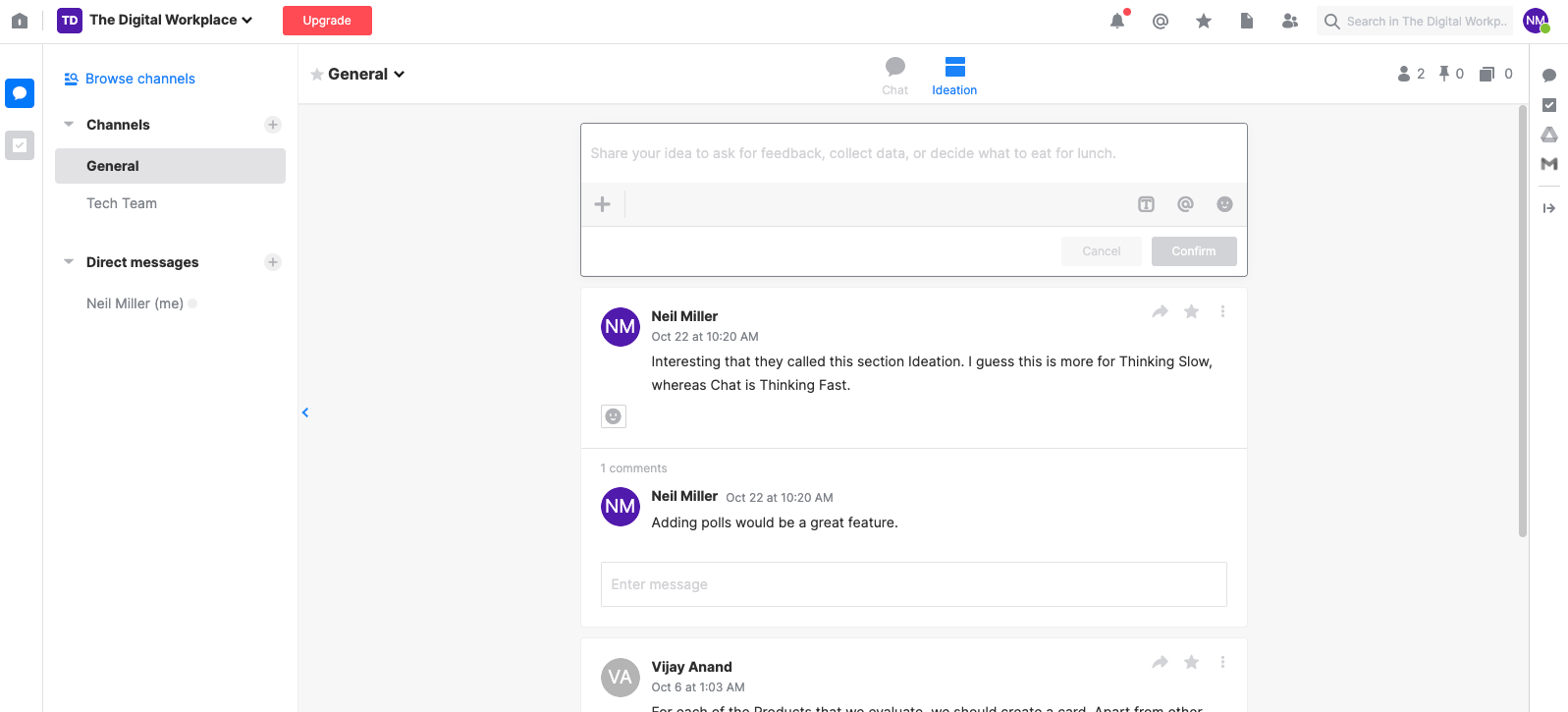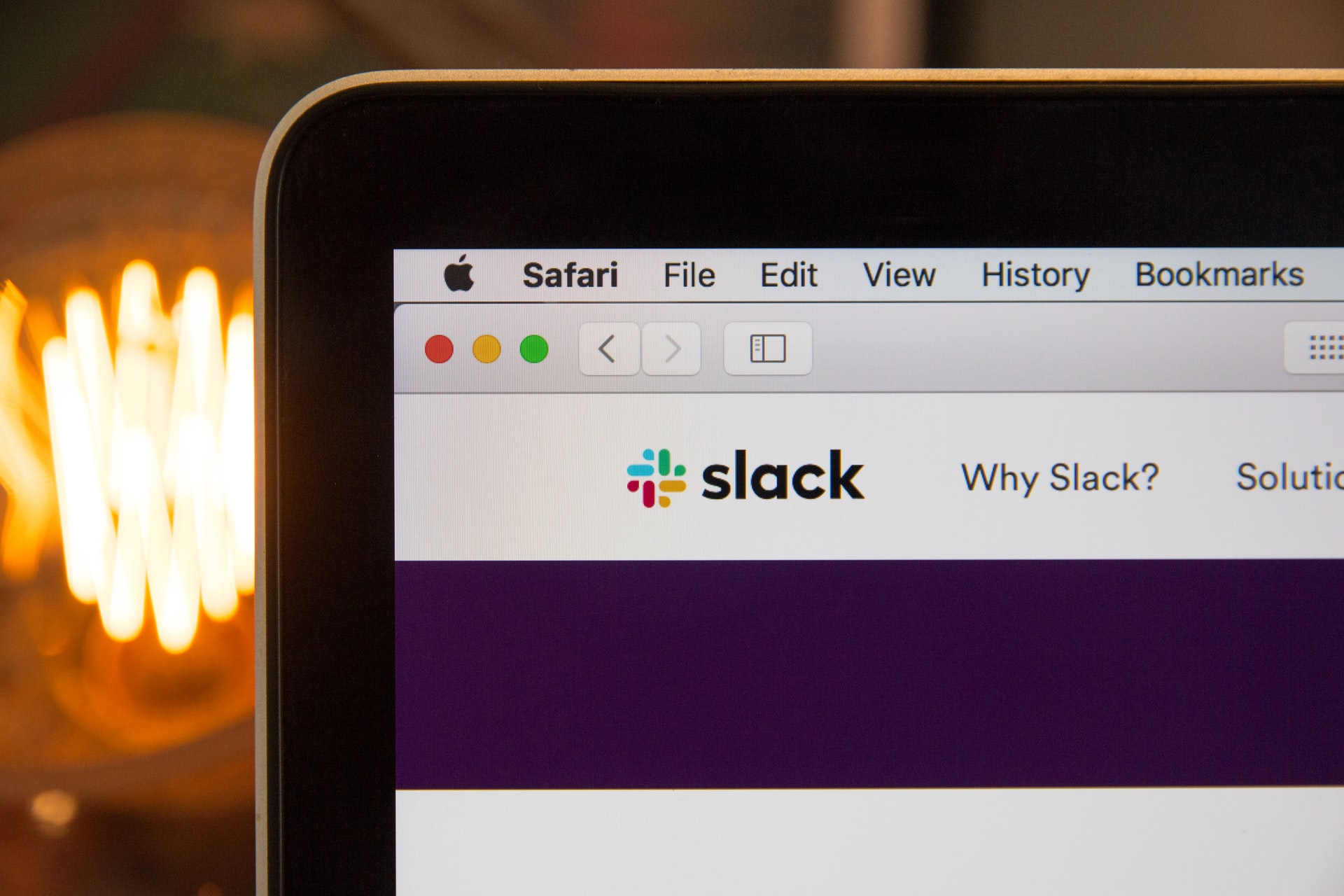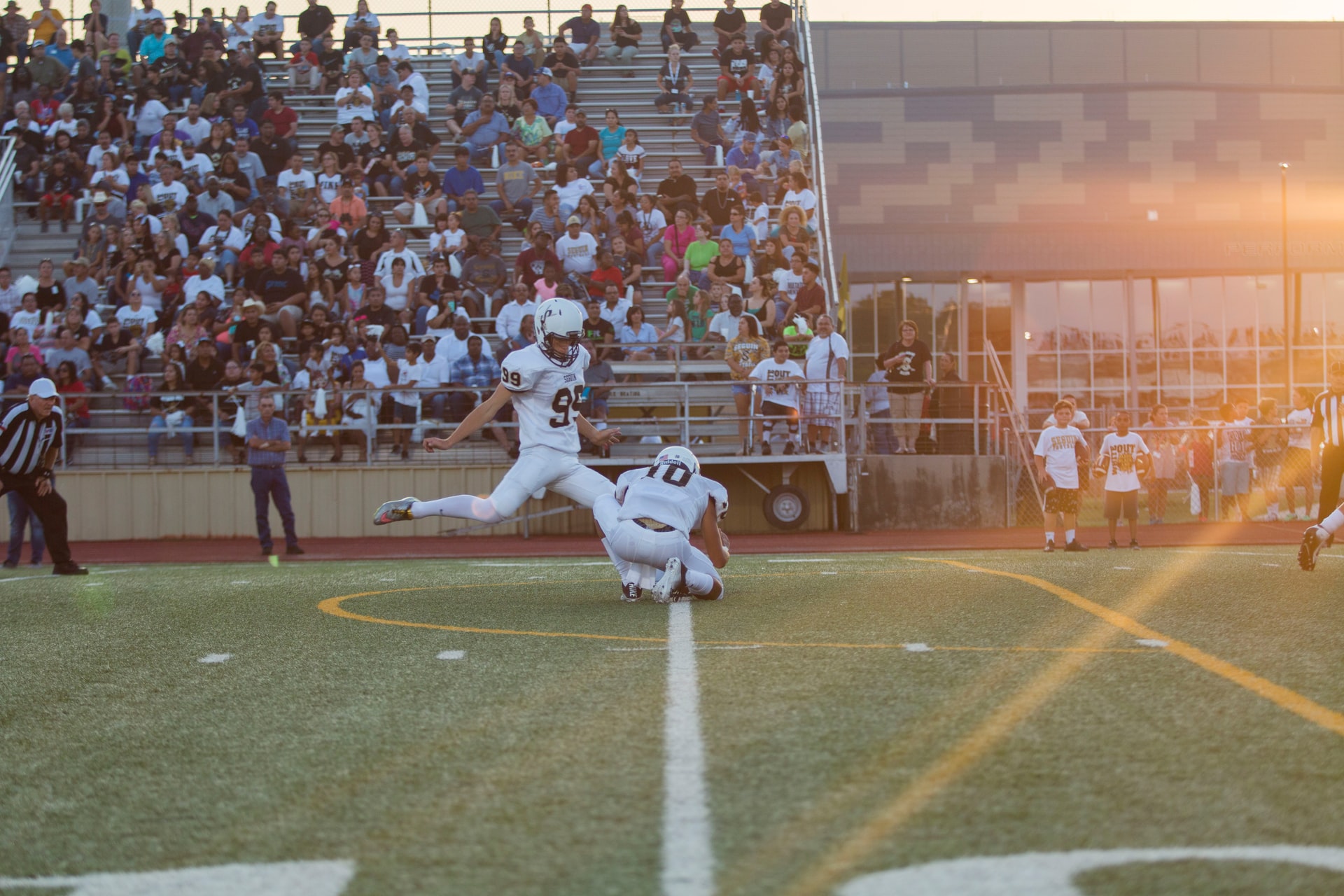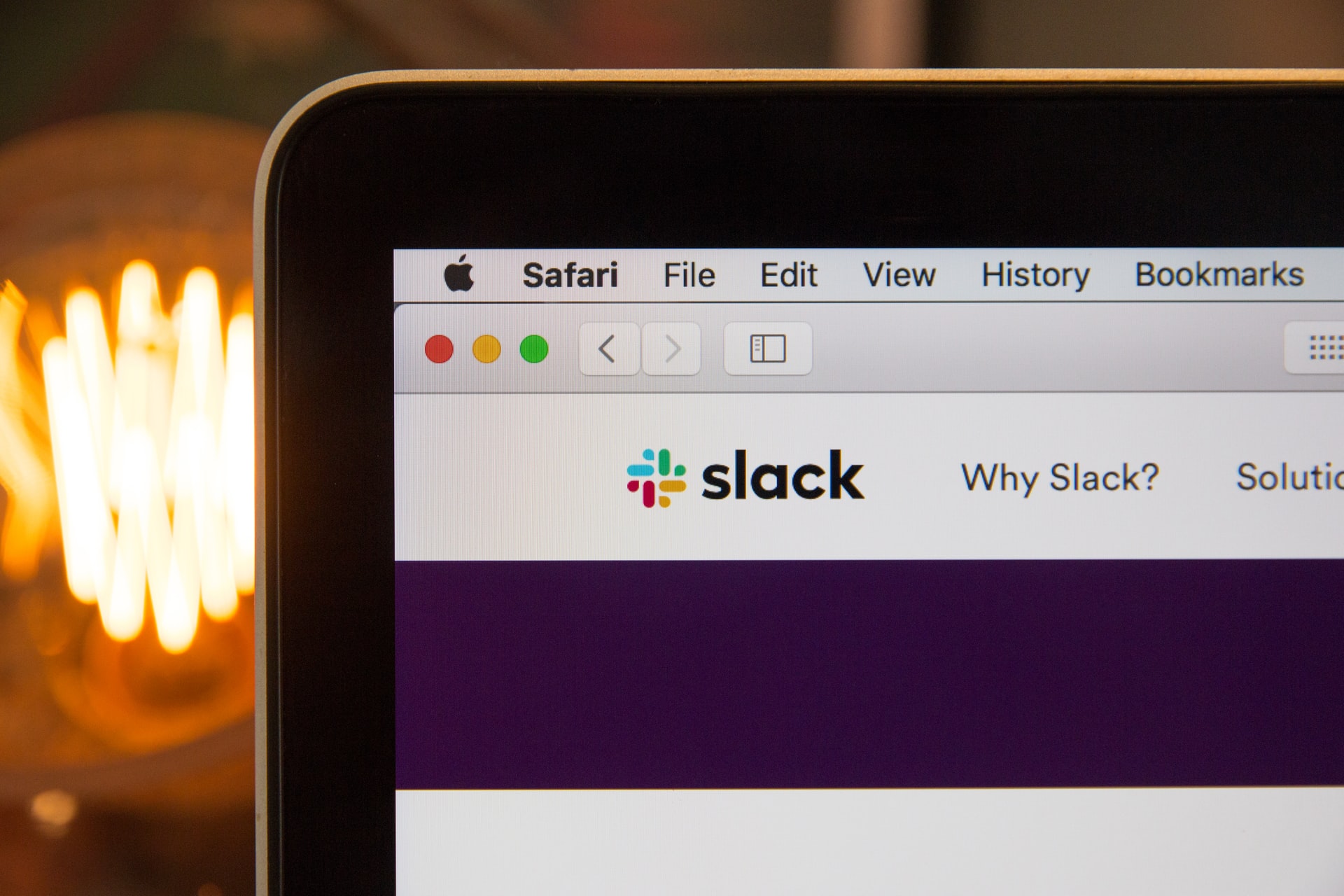Communication on a digital team can be as fluid as a sideways ship in the Suez Canal.
Each team member has a different communication style. One seems to speak only in memes. Another puts a smiley face after every statement so you never know if you should take it seriously. Another gets mad and ghosts you for a week. Another has a bad case of keyboard courage.
Communication styles were hard in the office. They can be downright brutal in a digital workplace. Leaders are learning the ropes of adjusting to new digital communication styles. You want to give people space to be themselves but the whiplash can be hard to handle.
There aren’t just 4 communication styles
Communication styles are not something that fit nicely on a quadrant anymore. Every platform lends itself to a wide spectrum of different ways people like to use it. And many people are just building their digital chops. They are figuring out what kind of communication style they want to have and which ones they can’t stand.
In addition, you need to respect the intersectionality of differences of generation, race, gender, neurodiversity, and more.
So, don’t expect a clean map of all the digital communication styles from this article. We’ll break down a few emerging new styles, inspired by Liam Martin and the Running Remote team’s video.
10 new digital communication styles
You there?
These people are addicted to real-time collaboration. Every time an idea pops in their head, they reach out on Slack to see who’s around to talk about it. You can expect at least four random messages a day from them on a slow day. They tend to see others as ghosters and wish people would respond faster, or at least wish we could find a way to have more water cooler talk.
The over communicator
These people drop a full document into the chat with 10 areas they are looking for followup. A standard email from them reads like an essay and they keep the Zoom chat buzzing. They tend to go OTT with attachments too – fun!
The scheduler
Schedulers don’t do spontaneity. Their days are meticulously planned out (for the rest of the year) and their calendars (all seven of them) are color coded. You can bet that every interaction they have with you will be preceded with a calendar invite – even if it’s a five minute Slack chat!
The realtime processor
Text conversations with these people go like this:
Should we go with option A or B?
Option A is probably the better choice. But one thing we need to consider is the impact on our vendors and how they will take it. Come to think of it, there’s probably a lot of people in the audience who wouldn’t like the layout anyway. So, I’m leaning towards option B.
*so confused*
The ok
These people stick to saying “ok” on digital platforms. It doesn’t matter if you’re asking for support on a task or if they’ll be emailing the report this Friday, their answer will always be the same – “ok”. What does it all mean? Your best bet is asking them during your next meeting.
The emoji monarch ?
People who love “animating” their slack messages and emails. They’ve got an emoji for everything. When they’re having a good day it’s the excited face emoji along with a string of fireworks and rainbows. When the day’s under the weather? Slack will rain with lots of tears, angry faces and poop emoji.
The early adopter
This person is the first to try a new filter, background, integration, or some new tool. They are often the one that shows up to meetings as a cat or potato. Or they’re always inviting you to try something new. The upside to their experimentation is that if anyone runs into a tech jam, they’ve probably figured it out.
The meme mime
Hey, are you good for the meeting at 2?

Is that a yes or a no?

I seriously don’t know what you are saying.

Grand masters don’t give up their craft easily. You can expect the same from your resident meme master. Your best bet with this coworker is to learn how to “speak meme”. If you can’t beat ’em, join ’em!
The ghoster
Also known as your colleague that got swallowed into a black hole. But seriously, if they saw your message (last week), where are they? With ghosters, you can never tell. What you know for sure is that they won’t be responding to your message any time soon. You might want to try again or ask them during the next meeting.
The do-you-ever-sleep?
This is the Slack-messages-and-emails-all-day-everyday person. You’re working late and send them a quick Slack message before you sign off. Before you log off, they come online and the messages keep coming. No – they’re not schmoozing you because you’re the boss – they’re like this with everyone.
As a leader, the best way to help your employees is to let them be who they are. This applies to creativity, vulnerability and communication. If anything offensive goes on, put a stop to it. Otherwise, let it rip! Your team members will take care of the rest.
Photo by Helena Lopes on Unsplash
Communication on a digital team can be as fluid as a sideways ship in the Suez Canal.
Each team member has a different communication style. One seems to speak only in memes. Another puts a smiley face after every statement so you never know if you should take it seriously. Another gets mad and ghosts you for a week. Another has a bad case of keyboard courage.
Communication styles were hard in the office. They can be downright brutal in a digital workplace. Leaders are learning the ropes of adjusting to new digital communication styles. You want to give people space to be themselves but the whiplash can be hard to handle.
There aren’t just 4 communication styles
Communication styles are not something that fit nicely on a quadrant anymore. Every platform lends itself to a wide spectrum of different ways people like to use it. And many people are just building their digital chops. They are figuring out what kind of communication style they want to have and which ones they can’t stand.
In addition, you need to respect the intersectionality of differences of generation, race, gender, neurodiversity, and more.
So, don’t expect a clean map of all the digital communication styles from this article. We’ll break down a few emerging new styles, inspired by Liam Martin and the Running Remote team’s video.
10 new digital communication styles
You there?
These people are addicted to real-time collaboration. Every time an idea pops in their head, they reach out on Slack to see who’s around to talk about it. You can expect at least four random messages a day from them on a slow day. They tend to see others as ghosters and wish people would respond faster, or at least wish we could find a way to have more water cooler talk.
The over communicator
These people drop a full document into the chat with 10 areas they are looking for followup. A standard email from them reads like an essay and they keep the Zoom chat buzzing. They tend to go OTT with attachments too – fun!
The scheduler
Schedulers don’t do spontaneity. Their days are meticulously planned out (for the rest of the year) and their calendars (all seven of them) are color coded. You can bet that every interaction they have with you will be preceded with a calendar invite – even if it’s a five minute Slack chat!
The realtime processor
Text conversations with these people go like this:
Should we go with option A or B?
Option A is probably the better choice. But one thing we need to consider is the impact on our vendors and how they will take it. Come to think of it, there’s probably a lot of people in the audience who wouldn’t like the layout anyway. So, I’m leaning towards option B.
*so confused*
The ok
These people stick to saying “ok” on digital platforms. It doesn’t matter if you’re asking for support on a task or if they’ll be emailing the report this Friday, their answer will always be the same – “ok”. What does it all mean? Your best bet is asking them during your next meeting.
The emoji monarch ?
People who love “animating” their slack messages and emails. They’ve got an emoji for everything. When they’re having a good day it’s the excited face emoji along with a string of fireworks and rainbows. When the day’s under the weather? Slack will rain with lots of tears, angry faces and poop emoji.
The early adopter
This person is the first to try a new filter, background, integration, or some new tool. They are often the one that shows up to meetings as a cat or potato. Or they’re always inviting you to try something new. The upside to their experimentation is that if anyone runs into a tech jam, they’ve probably figured it out.
The meme mime
Hey, are you good for the meeting at 2?

Is that a yes or a no?

I seriously don’t know what you are saying.

Grand masters don’t give up their craft easily. You can expect the same from your resident meme master. Your best bet with this coworker is to learn how to “speak meme”. If you can’t beat ’em, join ’em!
The ghoster
Also known as your colleague that got swallowed into a black hole. But seriously, if they saw your message (last week), where are they? With ghosters, you can never tell. What you know for sure is that they won’t be responding to your message any time soon. You might want to try again or ask them during the next meeting.
The do-you-ever-sleep?
This is the Slack-messages-and-emails-all-day-everyday person. You’re working late and send them a quick Slack message before you sign off. Before you log off, they come online and the messages keep coming. No – they’re not schmoozing you because you’re the boss – they’re like this with everyone.
As a leader, the best way to help your employees is to let them be who they are. This applies to creativity, vulnerability and communication. If anything offensive goes on, put a stop to it. Otherwise, let it rip! Your team members will take care of the rest.
Photo by Helena Lopes on Unsplash
)
)
)







